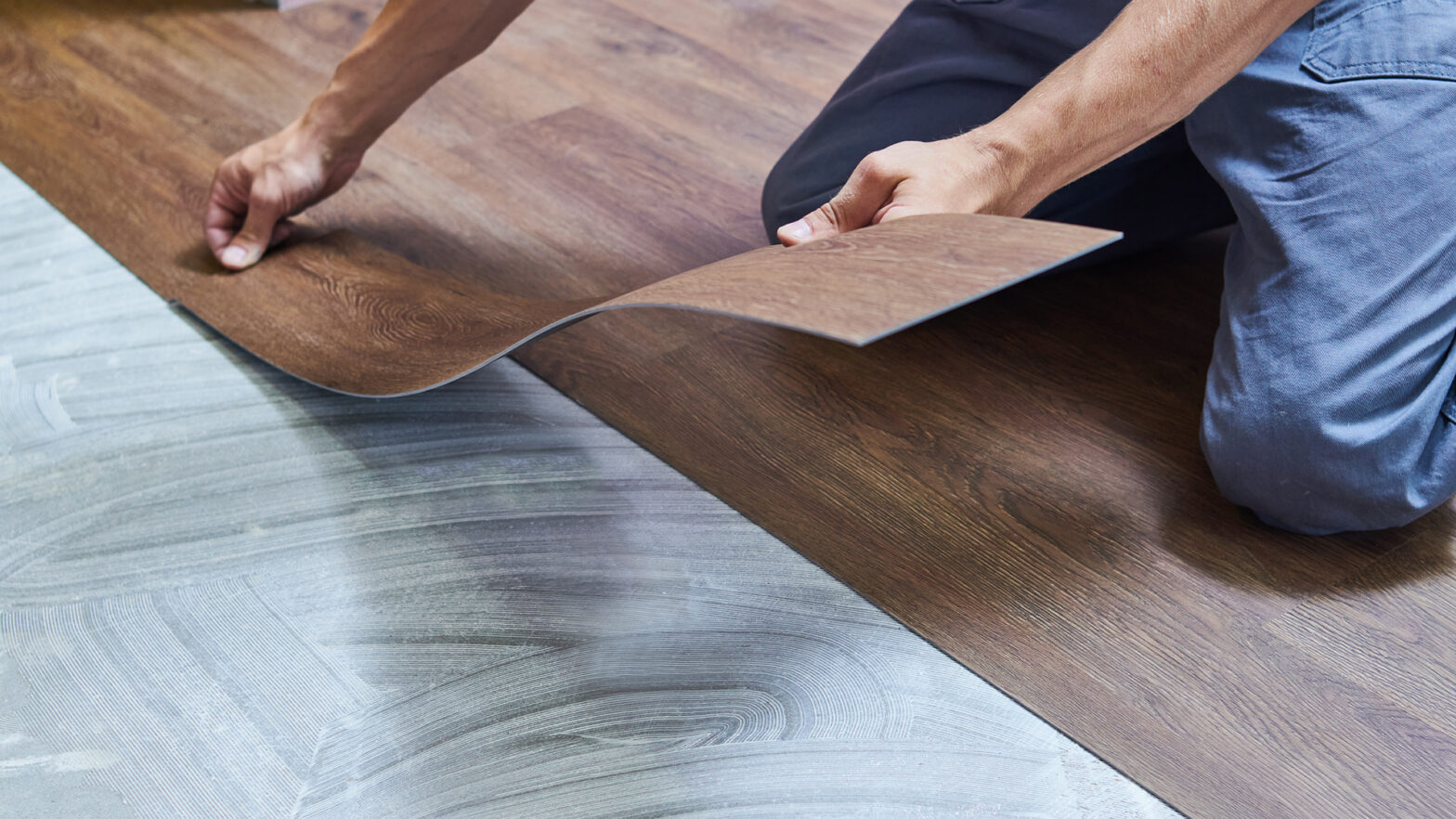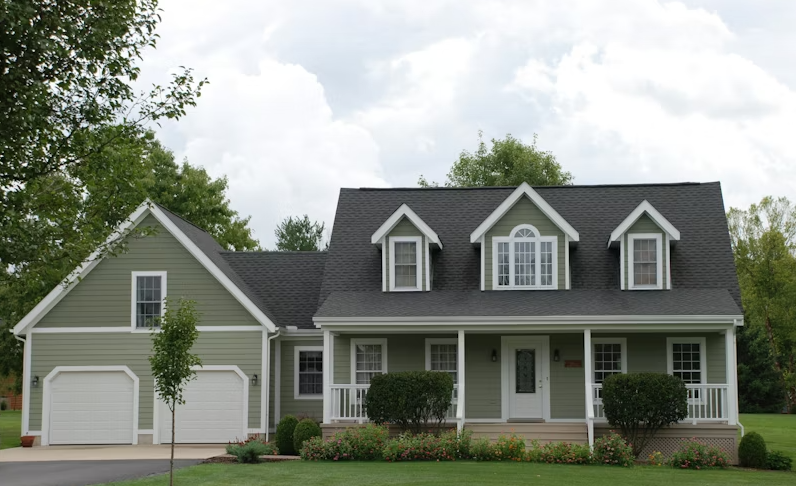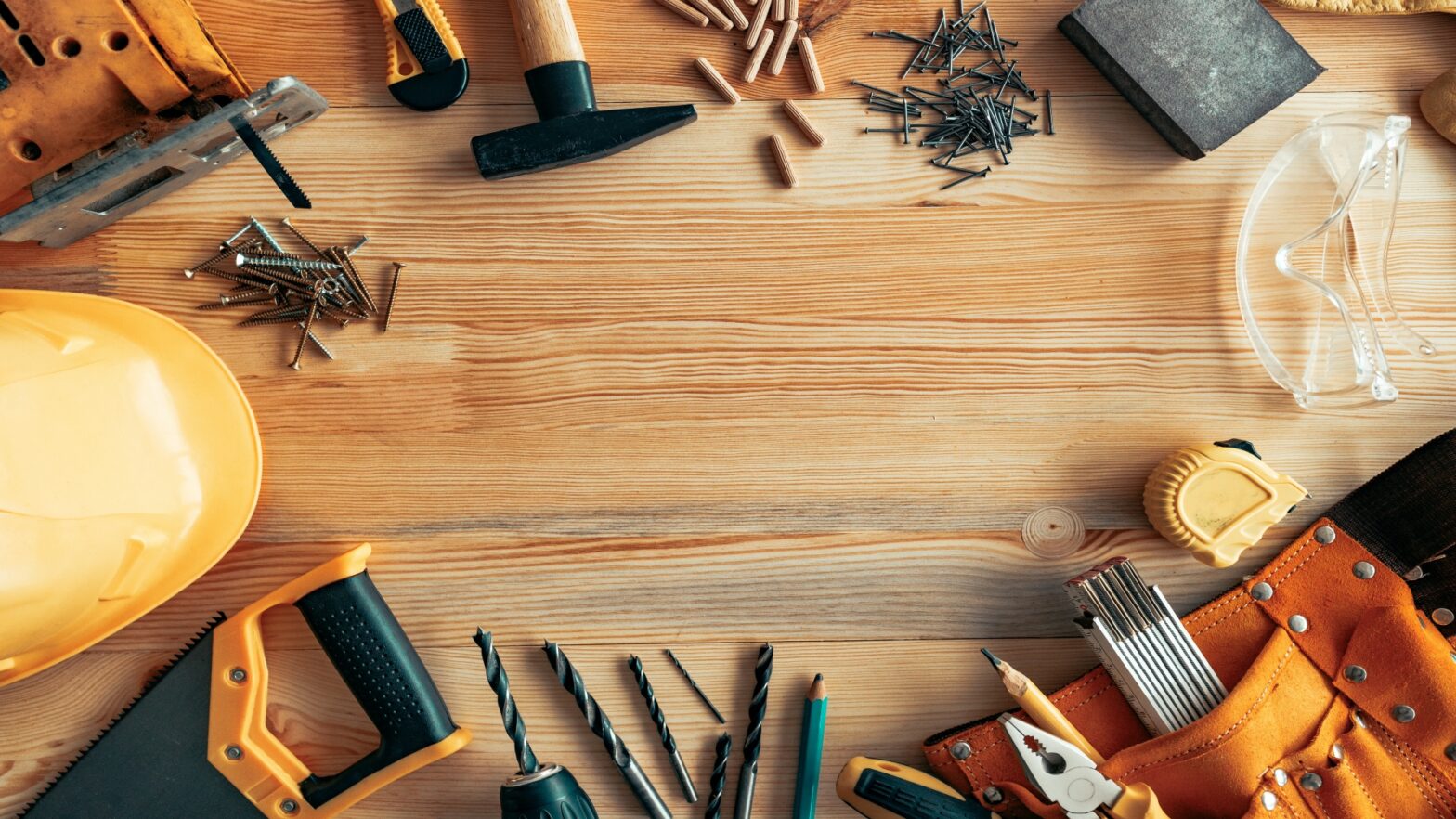
The UK is a nation filled with people keen to improve their properties, if research is anything to go by.
Data from Confused.com home insurance found that 32% of homeowners across the UK had planned to invest in major property renovation projects during 2024, for example.
According to the 2024 UK Houzz and Home Renovation Trends Study, those interested in subjecting their property to some renovation work don’t mind spending a little extra on the improvements either. The report claims that median renovation spend has risen by 13% between 2020 and 2023.
However, Confused.com home insurance’s home and lifestyle expert Matthew Harwood points out: “The risk of property damage or other issues spikes during major renovation or construction works. But the right precautions and coverage can prevent these.”
Flooring is one area of a property that can often get damaged when renovation work is being carried out. Fortunately, builder’s merchants Travis Perkins is on hand to advise how to avoid this being the case:
How a floor can get damaged during renovation work
Before going into detail about the steps building professionals can take to keep a floor looking immaculate during renovation work, here’s a look at three common ways flooring can be damaged:
Scratches & scuffs
Hardwood and laminate flooring in particular are prone to receive scratches and scuffs when renovation work is being carried out in a property.
Not only is the flooring subjected to heavy foot traffic when construction projects are taking place, but large items and bulky materials can often be dragged from one area and dropped into another location.
Surface & structural damage
We’ve already mentioned how heavy foot traffic can cause scratches and scuffs to appear on flooring, but having numerous people walking through a property – especially in and out of a construction area where renovations are taking place – can also leave a mess.
Dirt and debris which aren’t swiftly cleared away can cause surface damage to flooring. If this mess is left untreated on vinyl floors, it can also result in any adhesive weakening.
Water damage
A lot of property renovations will see plumbing work being carried out at some stage. If any excess water that gets onto a floor isn’t cleared promptly, the result could be that the entire flooring has its look and structure altered.
Water damage to floors can include mould forming, discolouration of panels being identified and a warping effect taking place.
5 steps to avoid a floor getting damaged
With thorough preparation and plenty of care when undertaking the actual renovation project, building professionals have various ways to keep flooring looking its best when work is being done:
1. Cover floors with protective materials
Before starting any renovation work, tradespeople should put down temporary floor protectors in and around the areas that they will be working in and walking through.
Having these in place will help to reduce the risk of flooring getting scratched or scuffed, while providing a layer of protection against spillages. This protection is also convenient, as it can be lifted up and removed once a renovation is completed to make cleaning a very quick process.
There’s a wide variety of products available too. As well as heavy-duty temporary floor protection materials for flat surfaces, building professionals can use pre-creased stair tread guards to protect flooring when working across multiple floors of a property, and low-tack PVC tape to join protection materials which are being applied to sensitive surfaces (as the tape doesn’t leave a residue).
2. Set out walking routes
Well-defined walking routes should be planned out in a property ahead of a renovation project getting underway. They allow for a smooth construction process and also preserve the appearance of flooring where high foot traffic is guaranteed during work.
A walking route should be clear of all furniture and obstacles, as unobstructed pathways make it less likely for accidental damage to occur.
More of the temporary floor protectors mentioned in the last step should be applied too, as well as adhesive dirt trapper mats placed at entry points to walking routes to capture debris in one place.
On a side note about debris, tradespeople should wear shoe covers when entering a property for renovation work to protect interior flooring from stubborn dirt.
3. Lift materials instead of sliding or dragging them across a floor
It can be tempting to drag or slide materials around when doing renovation work, especially when it’s a big project that involves many large and heavy pieces.
This should be avoided though, as it increases the risk of flooring getting marked or stained. Always lift materials and place them down carefully, even if it means bulkier items being carried by more than one person.
4. Have proper ventilation in place during renovation work
Adequate ventilation should be seen as vital during a renovation project.
A box fan in a window of a work area helps to capture dust and a pressure barrier works to block debris from moving around other parts of a property. Both means dirt will be less likely to settle onto flooring and potentially cause damage.
Keep a window open when renovation work involves the use of harsh chemicals and fumes too.
5. Regularly clean around work areas
As well as focusing on the renovation job itself, tradespeople should also establish a daily clean-up routine when planning out a project.
This routine should involve any spillages being addressed quickly so that moisture does not have the chance to get too deep into flooring, while work areas should be vacuumed or mopped regularly depending on the type of floor being worked on.
Finish each workday by removing larger pieces of debris that’s formed from the renovation work too, disposing them either in a skip or outside bin instead of letting them pile up inside a property.
Bonus tip: Leave the floor installation to the end, where applicable
Will you be undertaking a renovation project that will involve installing new flooring?
If so, it’s wise to put down the new flooring towards the end of the job if possible. That way, the rest of the work can be done without worrying that scratches, paint or anything else will get onto pristine surfaces.
Adding the new floor will then be the perfect finishing touch.




























